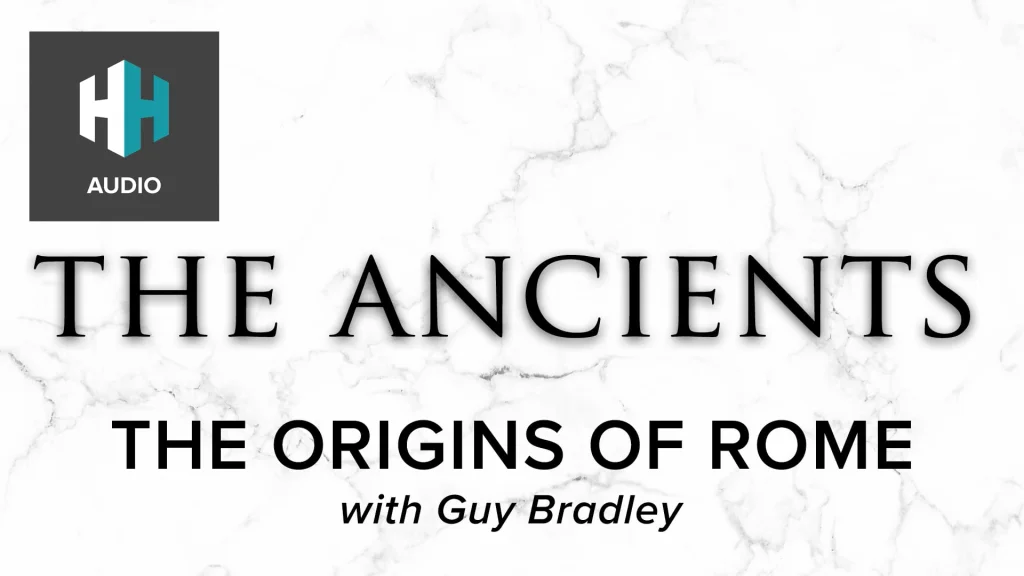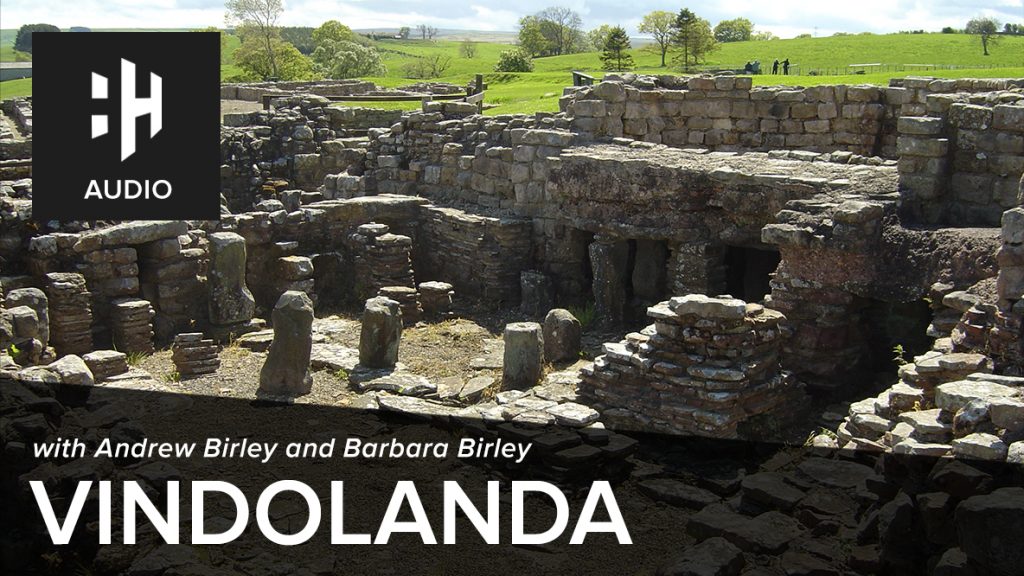

Archaeological evidence has confirmed that the city of Rome began as a collection of Stone Age huts on what was later named the Palatine Hill. Pottery discovered at the same site has been dated back to around 750 BC, a time customarily associated (by Greek and Latin writings alike) with the beginnings of the civilisation of Rome.

Geographical advantages
According to experts, the development of Rome owes much to its geographical location. Of the three Mediterranean peninsulas, Italy extends furthest into the sea and in a straight, consistent way. This feature, coupled with its central location and nearness to the fertile Po valley, made Rome conducive for the flow of trade and culture.
A marriage of myth and fact
The founding of Rome is swathed in myth. Greek and Latin writings tell different accounts, which become intertwined, but both put the date around 754 – 748 BC. They also both credit the mythical figure and first king of Rome, Romulus, as being the original founder of the then-village and the origin of its name.
 Watch Now
Watch NowIt was Roman historian Titus Livius, commonly known as Livy (c. 59 BC – 39 AD) who wrote a 142-book history of Rome, entitled From the Founding of the City, beginning with the fall of Troy in circa 1184 BC.
In his history Livy mentions the geographic characteristics that made Rome’s location so instrumental in its success, such as closeness to the sea, its position on the river Tiber (passable near Rome), the proximity of hills such as the Palatine and that it was located at the crossing of two already existing roads.
It is not without good reason that gods and men chose this place to build our city: these hills with their pure air; this convenient river by which crops may be floated down from the interior and foreign commodities brought up; a sea handy to our needs, but far enough away to guard us from foreign fleets; our situation in the very centre of Italy. All these advantages shape this most favoured of sites into a city destined for glory.
—Livy, Roman History (V.54.4)
 Listen Now
Listen NowThe ‘urbanisation’ of Rome
The small Latin village that was Rome was urbanised by contact with the Etruscans, a people of unknown origin, who occupied and conquered much of the Italian peninsula in the years precluding the birth of Rome. Its urbanisation included development and utilisation of techniques such as draining and paving over marshland (which later became the Forum) and stone-building methods resulting in defensive walls, public squares and temples adorned with statues.
Rome becomes a state

16th century representation of Servius Tullius by Guillaume Rouille.
It is an Etruscan King of Rome, Servius Tullius — the son of a slave — who is credited by the prominent historians of the time (Livy, Dionysius of Halicarnassus) with the formation of Rome into a state. In the case of Ancient Rome, the word ‘state’ refers to the existence of an administrative framework plus social and political institutions.
Some consider the advent of these institutions and bureaucratic structures more significant than the beginnings of urban civilisation for the development of Rome into a great power.
 Listen Now
Listen Now












